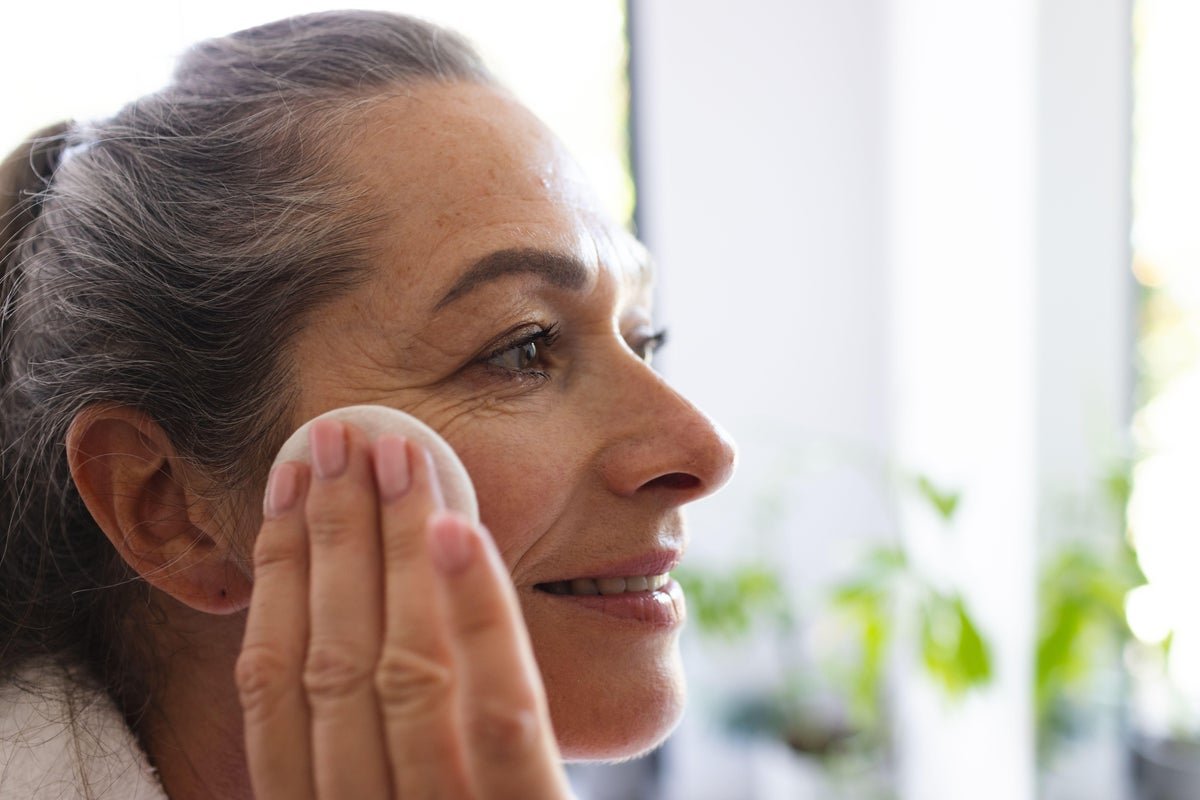Peptides are being touted as the latest ‘age-reversing’ ingredient.
And many beauty experts are now claiming you must incorporate them into your routine.
But what are they?
“Peptides are short chains of amino acids – the building blocks of proteins like collagen and elastin,” explains cosmetic physician Dr Jessica Halliley.
“They send signals to the skin to promote repair and renewal, often with less irritation than retinol.”
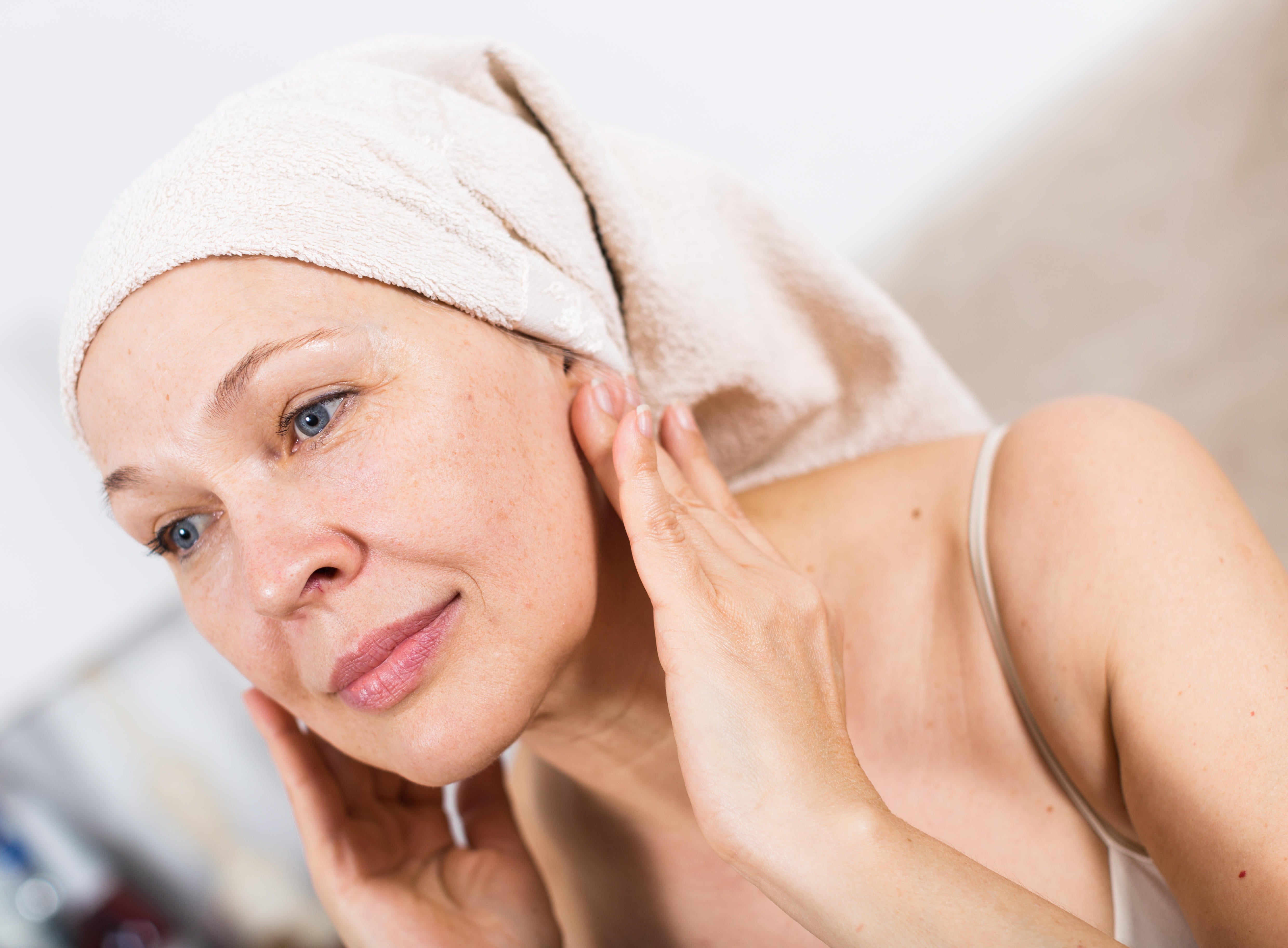
Once reserved for only dermatology offices, peptides are now cropping up in everything from firming serums to plumping eye creams and barrier-boosting moisturisers.
So, are peptides the secret to plumping wrinkles? Or should we stick to retinol? Doctors and dermatologists explain the difference, when and how to use them.
Peptides vs. retinol
Peptides and retinol are both used for targeting wrinkles and anti-ageing, but understanding how they affect your skin differently is key.
“Retinol is a vitamin A derivative that speeds up cell turnover and stimulates collagen production, which can help improve skin texture and reduce fine lines, but often causes irritation initially,” explains Halliley.
“Peptides are trending right now because they offer a gentler, science-backed route to firmer, healthier-looking skin – particularly for those who can’t tolerate stronger actives.”
View this post on Instagram
Unlike retinol, which delivers visible changes more rapidly, peptides play the long game – supporting the skin’s underlying structure without the sting.
“Retinol delivers quicker surface-level changes and is highly effective for reducing the appearance of fine lines by boosting epidermal turnover,” says dermatologist and medical director of Dr MediSpa, Dr Munir Somji.
“Peptides work deeper over time to support structural integrity and long-term firmness.”
In practice, pairing them means you get the best of both worlds, but it depends on your skin type and age.
“Retinol has long been the gold standard for tackling fine lines and wrinkles thanks to its well-established ability to increase cell turnover and boost collagen,” says Halliley.
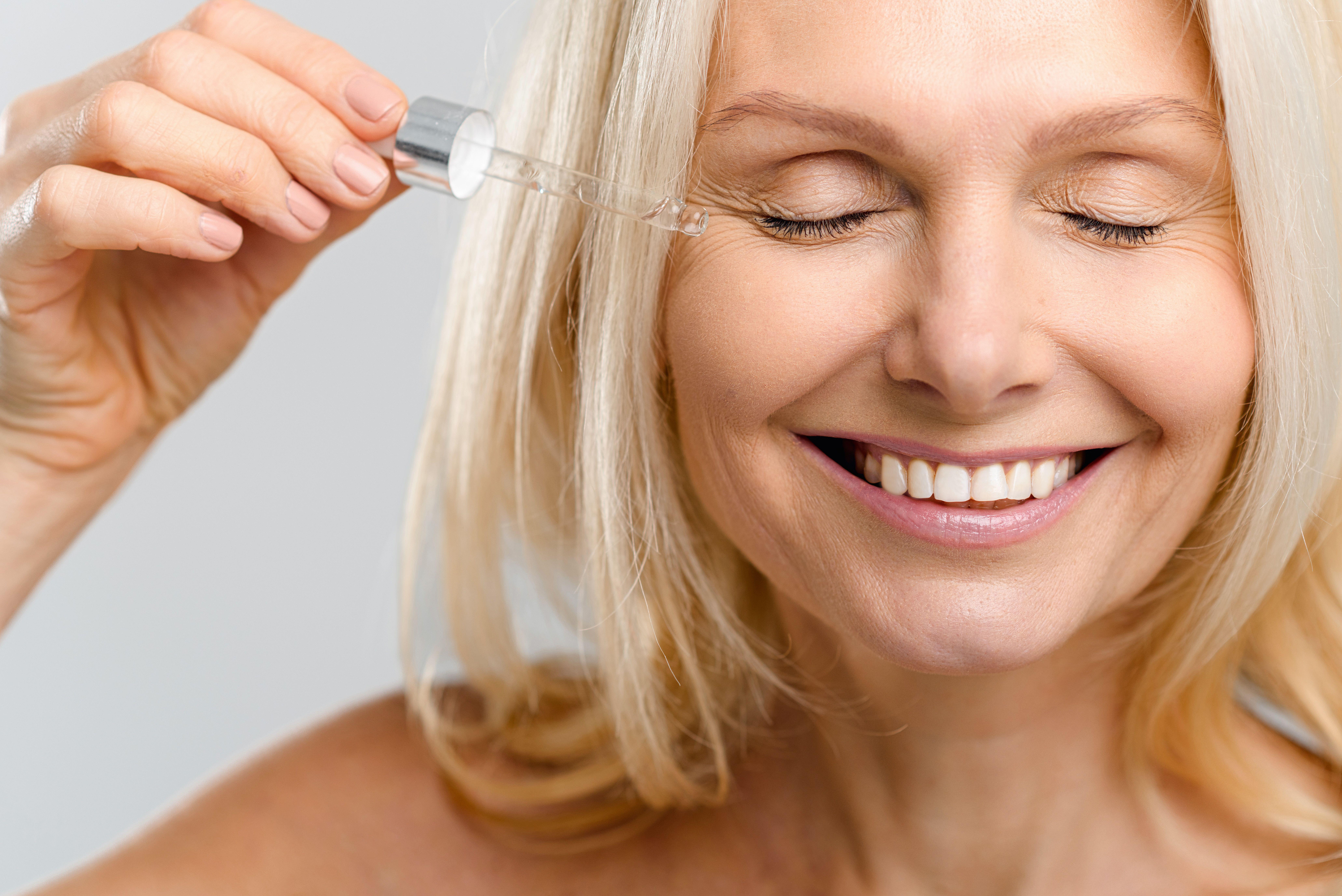
“That said, peptides can complement this process by supporting skin structure and hydration. In fact, using both together – for example, a retinol serum at night and a peptide-rich moisturiser or eye cream – can deliver synergistic benefits without overloading the skin.”
How the ingredients affect collagen production
Collagen is the key player in affecting how our skin visibly looks as we age. It is the most abundant protein in our body, making up about 30% of all protein, and provides structure and strength to our bones, skin and muscles.
Both peptides and retinol are highly relevant for targeting collagen loss, which is the leading cause of wrinkles and sagging.
“Collagen is essential for keeping skin plump, firm and resilient – and it naturally declines as we age,” says Halliley. “Retinol directly stimulates collagen synthesis by activating fibroblasts in the dermis, which makes it highly effective over time.
View this post on Instagram
“Peptides help by mimicking natural cell signalling, encouraging the skin to repair and regenerate its collagen and elastin fibres.”
In other words, retinol makes more collagen by waking up the cells that produce it, while peptides send signals to your skin to repair itself, thus increasing collagen production and other anti-inflammatory cells more holistically.
How to use if you have sensitive skin
The elephant in the room, of course, is irritation. And while retinol may be celebrated as the hyperactive anti-ageing ingredient – it’s also very strong.
“While retinol can cause redness, dryness and peeling – especially in the early stages – peptides are much more tolerable and suitable for sensitive or compromised skin,” says Halliley.
View this post on Instagram
For patients with rosacea, post-procedure redness or simply sensitive skin, Somji says peptides are best, as they offer anti-ageing and firming benefits without triggering inflammation.
“Peptides are often my go-to for patients recovering from clinical procedures or managing chronic skin concerns like rosacea,” he explains, “they help reinforce the skin barrier and reduce inflammation, all while actively improving texture and tone.”
What to use depending on your age
Knowing whether to reach for peptides or retinol often comes down to your age and skin condition.
For those just dipping into preventative skincare, peptides offer a gentle entry point. “For younger skin or those in their late 20s to early 30s […] peptides can be a brilliant introduction to anti-ageing without the risk of irritation,” explains Halliley.
“More mature skin or those with visible photoageing [sun damage] can typically tolerate and benefit from retinol,” explains Somji, “especially for pigmentation or textural concerns.”
How to incorporate them into your routine
View this post on Instagram
Knowing all this, you now may be eager to douse yourself in bottles of peptides and retinol – but timing and layering is everything.
“My recommendation is to use retinol in the evening, when your skin is in repair mode, and always follow with a nourishing moisturiser,” says Halliley. “Peptides can be used morning or evening – they’re versatile, and you’ll often find them in serums or moisturisers designed to strengthen and hydrate.”
Somji prefers a slower and more structured approach, and says to use retinol at night (as it increases your sensitivity to light) starting one to two times per week and following with a hydrating moisturiser.
For daytime, he recommends layering peptides with antioxidants – like vitamin C – and SPF.
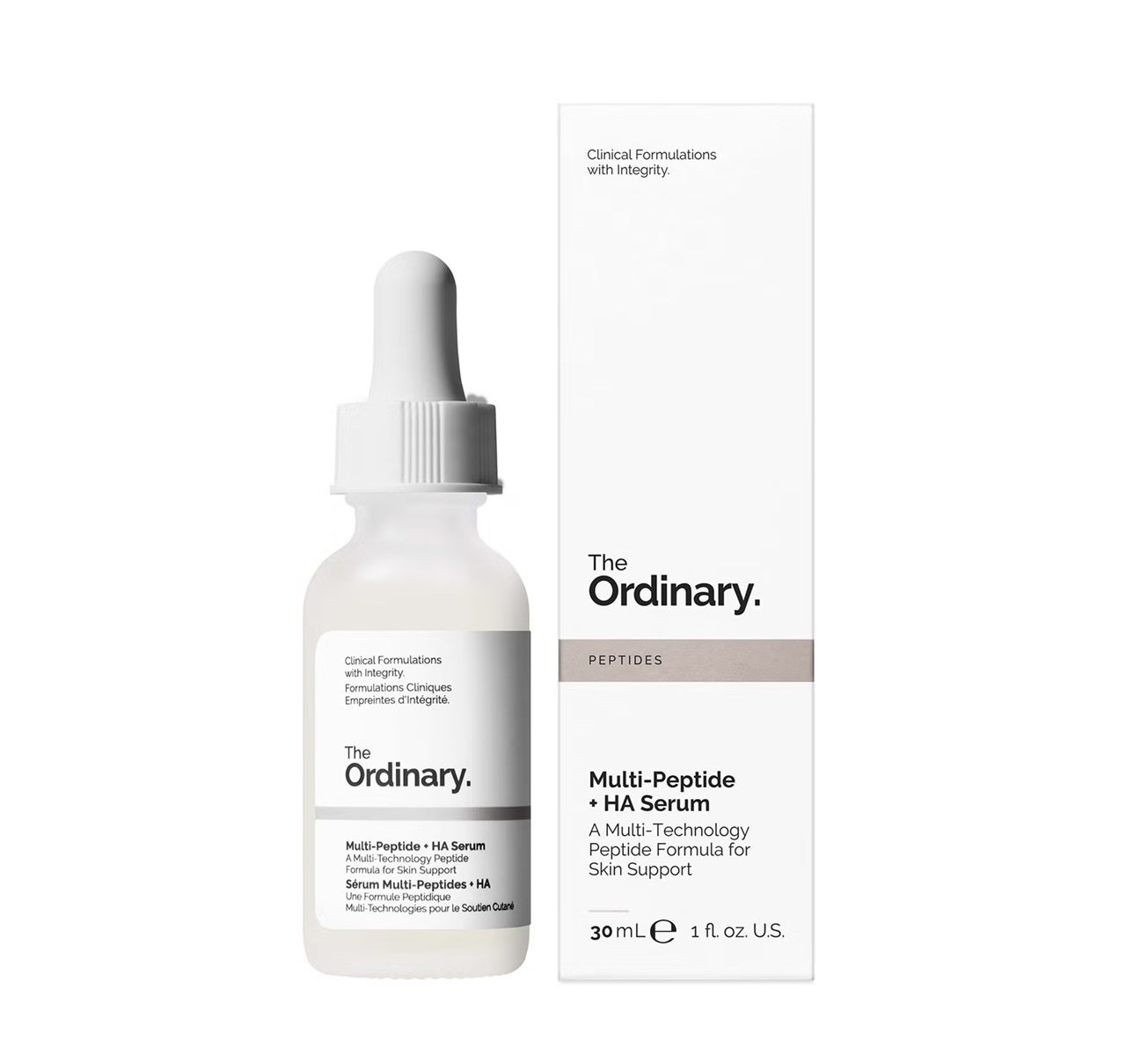
The Ordinary Multi-Peptide + HA Serum, £15.90
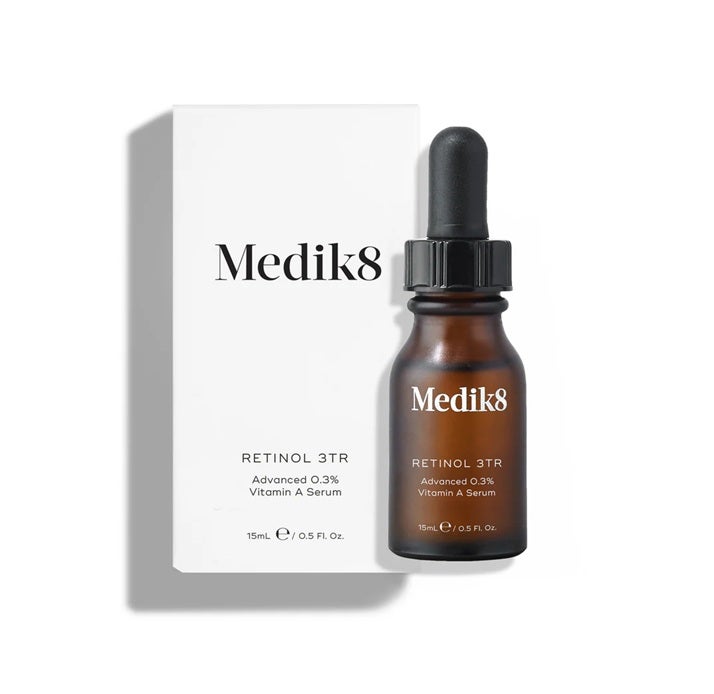
Medik8 Retinol 3TR Serum, £34
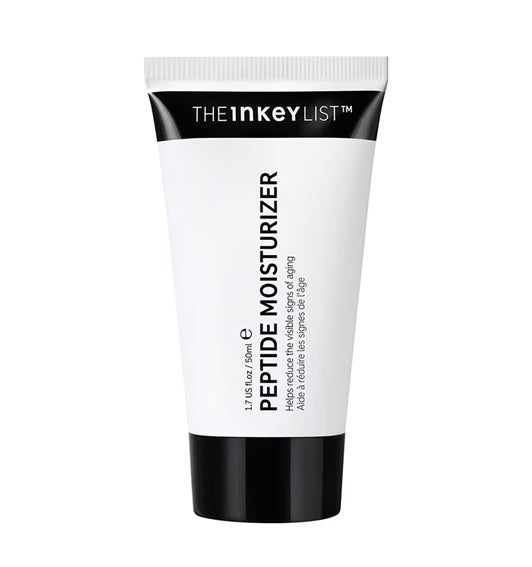
The INKEY List Peptide Moisturiser, £15.90, Sephora

Olay Retinol24 Night Cream with Retinol and Vitamin B3, £19.99 (was £38), Amazon
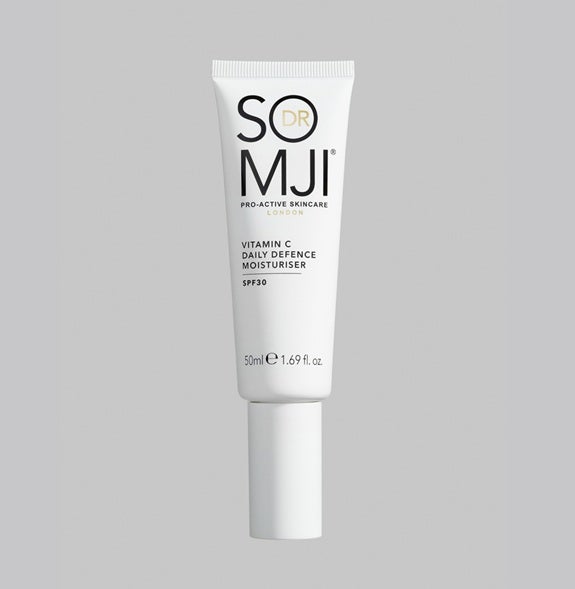
Dr Somji Vitamin C Daily Defence Moisturiser, £75
#Peptides #retinol #fight #wrinkles

